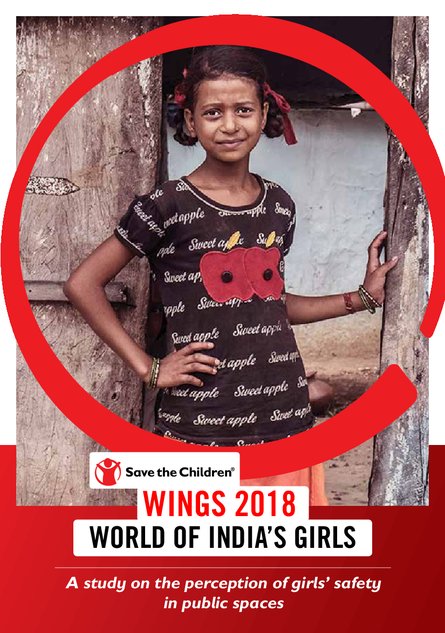
India’s girls are growing up in an atmosphere marked by rapid growth and greater opportunities. Increased access to education for girls, more awareness about their rights and exposure to opportunities outside the home has meant that more girls are aspiring for a better and non-traditional life.
Ironically, while the aspirations of girls have soared, society’s response has not been as encouraging. It is a concern that many young girls, their parents, siblings and the community at large perceives public spaces to be unsafe for girls. As a result, many bright girls are forced to drop out of school, do not pursue higher education and restrict themselves from engaging in decent work due to fear. Public spaces, like schools, workplaces (whether agricultural fields or call centres), public toilets and markets, while bringing opportunities, are also marred by the spectre of fear and abuse. Here, girls face verbal, physical and emotional harassment and abuse too often. And the fear of that abuse is what keeps them trapped in the confines of their homes.
This flagship report is a follow up on the 2014 WINGS Report and examines the underlying gender stereotypes of adolescent boys and girls aged between 15 and 18 years and parents of adolescent girls. Simultaneously, it explores the implication of such gender stereotypes on the safety of girls in public spaces.